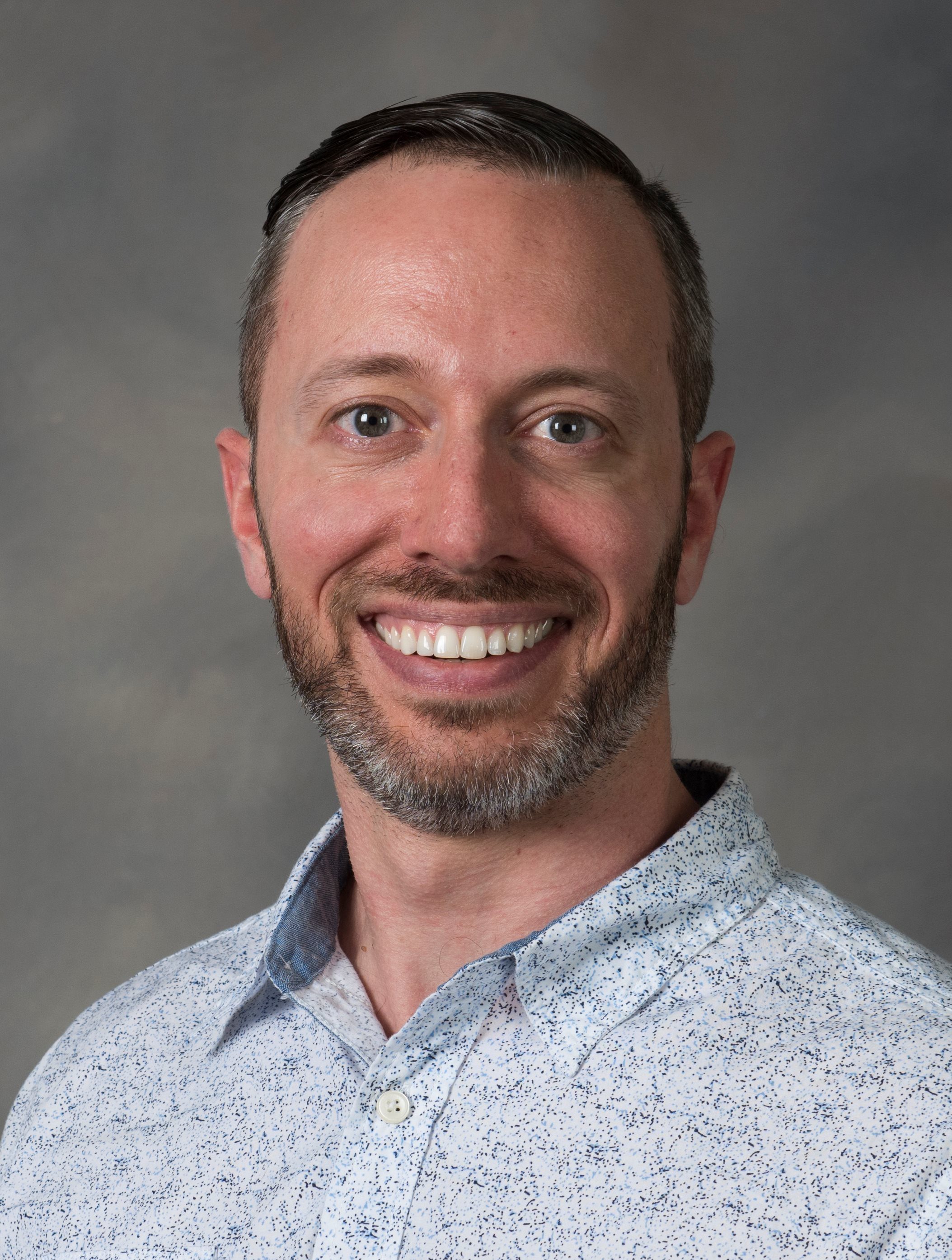The publication by Richardson, an associate professor of astrophysics, and his co-authors appeared in the Astrophysics Journal.

Associate Professor of Astrophysics Chris Richardson has co-authored a publication in the Astrophysics Journal to solve a long-standing problem present in galaxies.
Galaxies contain a large number of stars that emit light, also called photons, which are incident upon the gas clouds surrounding them. Astronomers can determine how many photos are emitted by these stars by analyzing the spectrum of light coming from their surrounding gas clouds. For relatively unevolved galalxies, the technique can provide insight about the mechanism responsible for the re-ionization epoch in the early Universe.
Previous work has shown that many galaxies resembling those in the early Universe are “missing” photons from stars because models are unable to explain their observed spectrum. This led researchers to investigate sources of photons other than stars, which could account for these missing photons. Kristen Garofali at NASA-GFSC led a team including Richardson to develop models that include black holes siphoning off gas from companion stars that becomes extremely hot and radiates light. These so-called X-ray binaries could produce the photons necessary to explain certain observations of early universe analog galaxies.
The novel modeling approach includes a self-consistent evolution of X-ray binaries and other stars as a function of time and composition. The new methodology is able to explain observations of a number of galaxies with missing photons, suggesting that X-ray binaries could play a prominent role in the early Universe. Not all galaxy observations can be explained in this way, however, so other sources of photons should exist. One such source could be intermediate-mass black holes, which will be the subject of future work.
Read the paper led by Garofali for more details.


